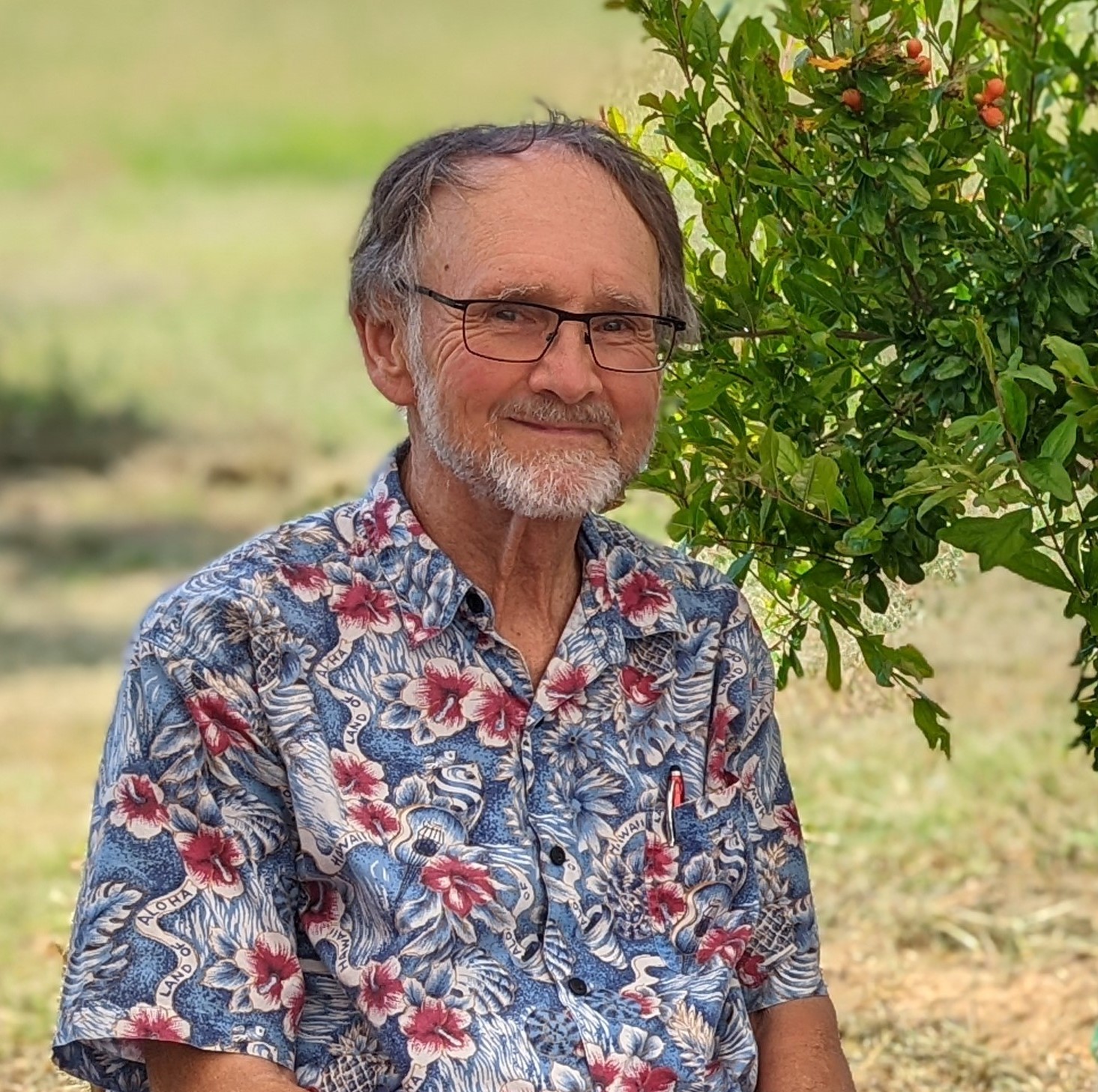Professor Robert Dewar Bequest

Emeritus Professor Robert (Bob) Dewar was a giant in the field of theoretical plasma physics, with important contributions in Magnetohydrodymanics (MHD) and in dynamical systems – especially as they pertained to magnetic confinement fusion energy science.
Fusion energy is the international quest to harness fusion energy on Earth. If realised, fusion can supply the world with near-inexhaustible safe sustainable electricity, with zero carbon emissions, and no long-term fuel waste.
Bob pioneered the fundamental mathematical physics of several key topics in toroidal magnetic confinement. He developed the theory of wave-particle interaction and saturation, essential for determining energy and particle confinement. He discovered the existence of gap eigenmodes, a scalar form of the energy principle, and a formalism to compute “ballooning” modes. These inform plasma stability. He invented “multiple region relaxed MHD”, a mathematical model to describe the full complexity of stellarator fields.
Bob initiated several major collaborations across physics and mathematics, including the National Plasma Fusion Research Facility, the Australian Research Council Complex Open Systems Research Network, and led the ANU’s plasma theory and modelling group until retirement in 2011. Perhaps most importantly, he has left a legacy in both research and teaching, spanning 5 postdocs, 16 PhD, and many Masters and Honours students. Many of these now hold prominent positions in the field.
Bob’s legacy will live on, with your help.
Your gift to the Dewar Endowment, which is endorsed by his family, is an investment in people. It will help support and retain sovereign capability in a critically important international endeavour.
Your support is matched by Bob himself: he left a generous portion of his estate to ANU to support research in the field of theoretical and mathematical physics, and fluid physics.
Read his obituary, his CV, or visit his legacy site at the Mathematical Sciences Institute.
